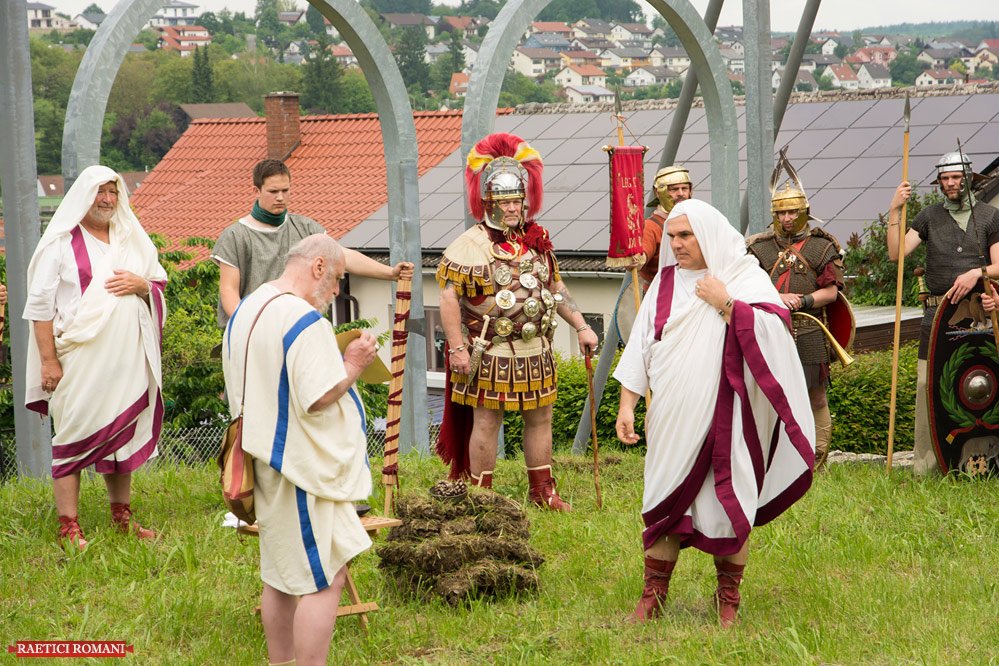It is often said that the Religio Romana is a “reconstructionist” faith, meaning that it attempts to reconstruct the ancient faith of the pre-Christian Roman peoples. While this vague description is sufficient to distinguish it from more modern eclectic and inventive religions such as Wicca in casual conversation, it is not satisfactory when one considers the details.
I’d like to begin exploring a more systematic approach to reconstructionism in general, which would apply to many faiths which fall under that banner, including Asatru (Norse paganism), Celtic Reconstructionism, the Religio Romana (Roman), Hellenismos (Greek), Romuva (Baltic), etc. While I’m mostly going to be using Roman/Religio Romana, and to a lesser extent, Norse/Asatru examples, the general principles involved should apply across the board.
At the outset, two fundamental issues must be recognized. The first is that, thanks mostly to the efforts of Christian supremacists to eradicate pagan and heathen religions, and the general ravages of time, we are often confronted with the fact that we have an incomplete record. Even the Religio Romana (Roman paganism), while blessed with a number of excellent contemporary primary sources, is lacking in many details. The situation is far worse with Asatru, where the literary corpus is almost entirely Christian in its provenance, and is almost entirely lacking in details (such as what rituals looked like, what words were spoken, etc.).
The second is that, by the nature of history and social evolution, it is fallacious to refer to “the Religio Romana” or “Germanic paganism” as if they were monolithic and never-changing edifices spanning centuries and hundreds or thousands of miles. We find, for instance, new gods introduced over the course of years, sometimes by instructions from the Sibylline Books, sometimes because of popular pressure. New religious ceremonies are introduced over the centuries, and old ones are maintained but their significance is completely lost. The religion in Rome itself is used as a template for the religions of allied and conquered peoples, so we see “Romanized” versions of Celtic, Germanic, and Semitic deities across the Mediterranean and Europe. The changes in Roman religion are legion and well documented.
In the Germanic corpus, we see much the same thing, including two distinct versions of the myth of the death of the Norse god Baldur, and the compete lack of the god Loki in the Anglo-Saxon corpus, among many, many other examples.
Given those two basic premises, we find ourselves faced with fundamental choices to make based thereon:
- How do we identify gaps in the record?
- How do we properly vet the material that we do have?
- How do we go about filling in those gaps?
- How do we identify Christian (or other) influences?
- What do we do once we’ve identified it? Do we ignore it, or “de-Christianize” it, or something else?
- Do we focus on a particular point in time and space, or do we use a more syncretic approach?
- How do we set the boundaries of eclecticism and invention in a reconstructionist context?
I don’t pretend that my answers to these questions will be universally accepted, but I hope to demonstrate that attention to them will result in a much more robust and viable reconstructionist experience. Those questions will be explored in subsequent articles in this series.

